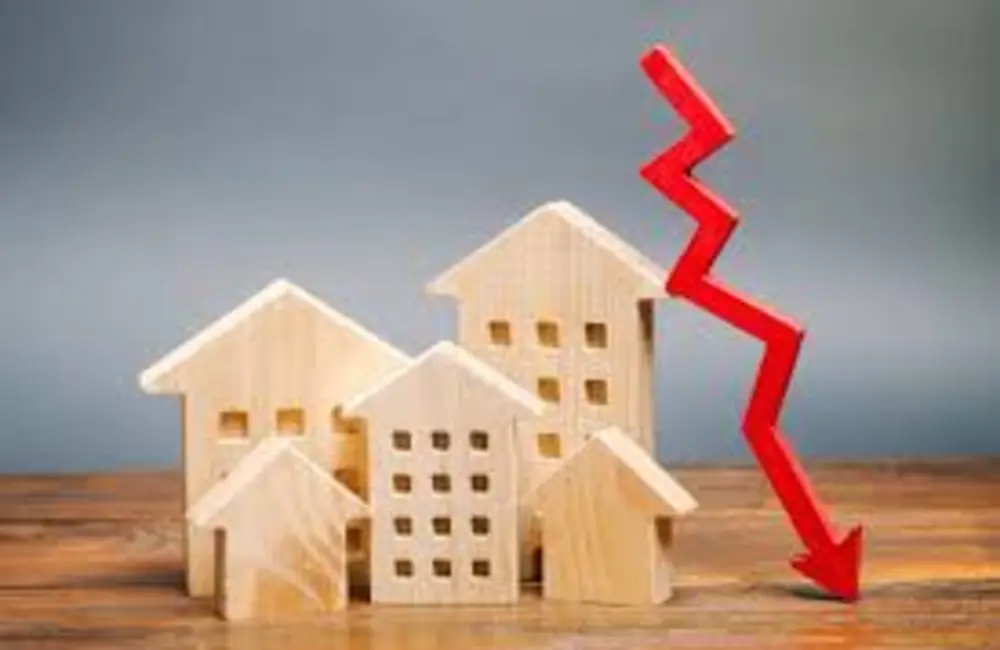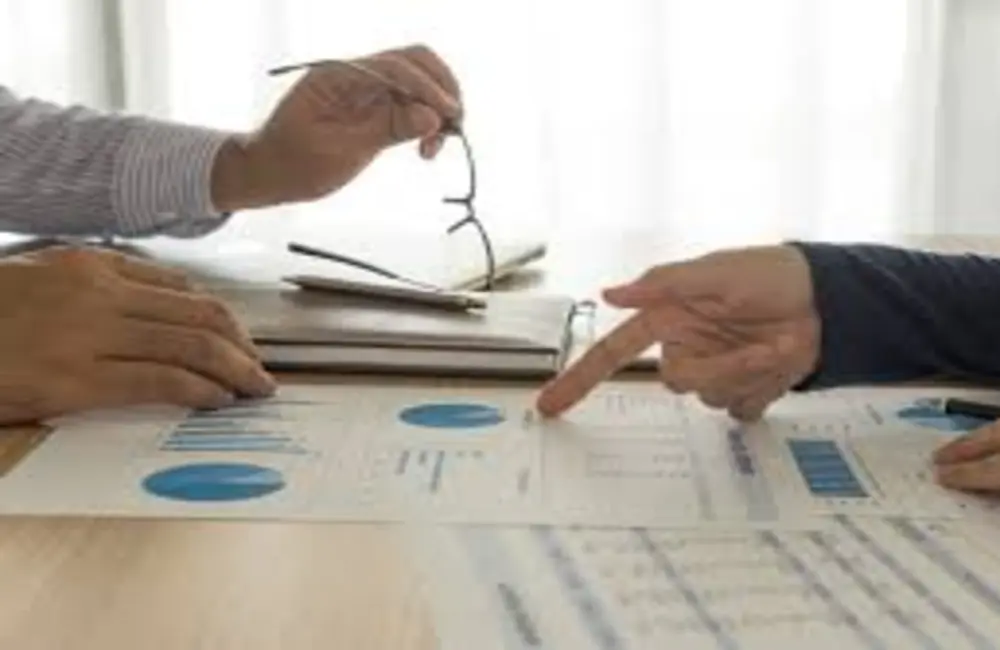Seasons of economic growth often seem like they will go on forever, and a downturn can take time to manifest itself in the number of jobs and rate of economic growth. When it’s a “rolling” recession.
A rolling recession is when different parts of the economy drop at different times, and leave little room for any real growth in the gross domestic product output. Because they barely grow while never really collapsing, rolling recessions do not de facto get classified as official recessions. Growth recessions are also commonly described by the term a "rolling" recession.
“It’s a little bit of a spin on a recession,” says Kenneth Kim, senior economist at KPMG, the multinational tax and accounting services company. “There is going to be some expansion in GDP output, but it will be so low that it's the equivalent of a recession to businesses and households. The Fed isn’t finished raising rates, and it will likely be increasing them throughout the rest of this year and early next year.”
Tough-Talking Fed
The phrase is catching on and it is falling from the lips of investment managers and strategists with increasing frequency since Federal Reserve Chair Jerome Powell recently spoke in brief and unusually blunt terms at the annual Jackson Hole Economic Symposium on the risks of a “sustained period of below-trend growth,” even as the central bank works to tame persistently elevated inflation.
“Soft landing is a pretty high bar,” Powell said, saying that the “overarching focus” of the Fed was price stability and attainment of its 2% target inflation rate. Arriving at that point will take more rate increases, additional job losses and “pain to households and businesses,” he said.
“Powell’s use of the word pain should be seen as code for recession,” says Liz Ann Sonders, chief investment strategist at Charles Schwab (SCHW). “There could well be some type of rolling recession.”
“The best case is we suddenly get inflation to turn around, the labor market cools in a way and that restores itself as a goldilocks economy,” she says. “But that’s a thin needle to thread.
Sonders points out that stocks remain in a bear market and that economic growth is anemic. While she also foresees corporate profits to soften, the housing market to keep softening and the labor market to deteriorate as the Fed works aggressively to beat down inflation, she does not believe we are anywhere near a recession.
“Clear there’s slowing in growth,” said Preston Caldwell, chief economist, but he’s reluctant to say we’re in a recession, or even the type of recession that may unfold. The GDP drop in the first half does not appear to have been an economic recession, as it resulted from the “noisiest components” of spending, which were counterbalanced by other data points indicating growth, he notes. Caldwell thinks the “threat of a recession will be most notably elevated in 2023 as the pace of full-year growth [reaches] a trough.”
Stocks Fall on a Fed Issue: Its New Tone Portfolio
Stocks were also pressured by comments from Loretta J. Mester, the president of the Cleveland Federal Reserve Bank, to the Chamber of Commerce of Dayton, Ohio, in a speech titled “Returning to Price Stability.”
"My current assessment is that it would be appropriate to move the federal funds rate above such a neutral level by early next year and keep it there," Mester said in a speech at the Stern School of Business at New York University, according to the prepared remarks. "I do not view the federal funds rate moving above the neutral level next year."
The US Market Index slumped close to 4% in August and was down 4.41% in the week ending Thursday. It is 17.91 percent lower on the year to date.
“We’ve gone from a coddling Fed to a tough-love Fed,” says Adrian Helfert, chief investment officer for multi-asset strategies at the Dallas-based Westwood Holdings Group, with about $12.1 billion under management. “We’re en route for an extended lower-growth period where this could lead to a rolling recession within industries. That should diminish the economy’s longer-term real growth rate, but not precipitate a sharp contraction because consumers are in good shape, with less debt and more savings.”
It is one that will not hurt corporate earnings, making equities less attractive but should be positive for high-quality corporate bonds, according to Helfert.
Yardeni, the president and founder of Yardeni Research, which offers global investment strategy and asset allocation, classified the current state of the economy as a “rolling recession” from the year’s outset in an Aug. 30 morning briefing, he and his team believe. Yardeni says he thinks that it could be one that lasts through the end of the year. He adds that "real GDP edged down" in Q1-Q2 on the ripple effects of the supply constraint stemming from the new vehicles, recession in residential construction; and "decreases in capital spending on nonresidential structures" for commercial, power, health, and communications and manufacturing. He follows capital spending through the regional business surveys published by the district banks of the Federal Reserve.
On Sept. 1, the Institute of Supply Management released its monthly report on U.S. manufacturing for August. The ISM M-PMI held steady at 52.8, and its key components were above their boom-or-bust level of 50 “confirming our upbeat economic outlook which combines a growth recession with waning inflationary pressures,” Yardeni said.
Rolling or growth recessions are also not prevalent in today’s world, according to Schwab’s Sonders. But “this cycle is unbelievably unique,” both due to the pandemic and pandemic-related disruptions that we are “still at the total mercy of,” she says.
The 10-month recession that began in April 1960 and ended in February 1961 when Vice President Richard Nixon lost the presidential election to John F. Kennedy is commonly known as a “rolling adjustment recession” because downturns affected multiple industries at different times. The auto industry, unprepared for the changed tastes of the American consumer for foreign-made compact cars, was hit especially hard, as the companies were compelled to cut inventories and change production.
The concept of a “growth recession” was first coined by the late economist and former director of the National Bureau of Economic Research, Solomon Fabricant, in 1970, to describe a time when the economy expanded only a smidgen in a sea of increasing unemployment, decreasing incomes and soft production. The idea didn't appeal to everyone. As the late columnist William Safire wrote in a piece in The New York Times in 1984, the economist Herbert Stein derided the term “growth recession” as akin to calling a dog a “growth horse.”

























